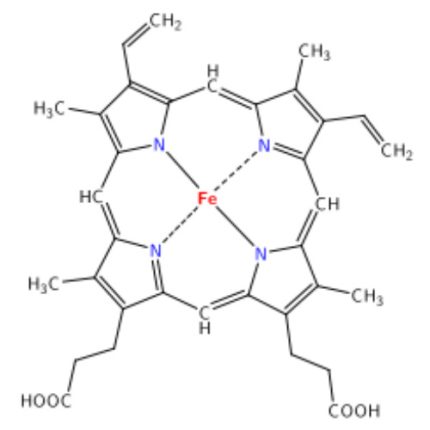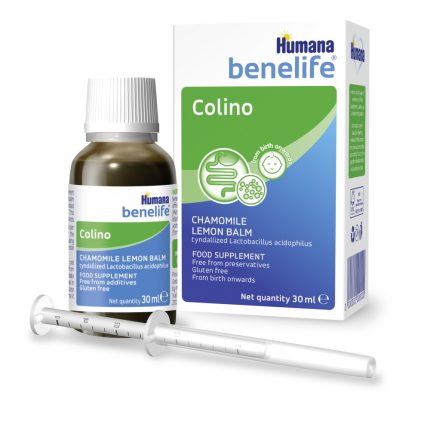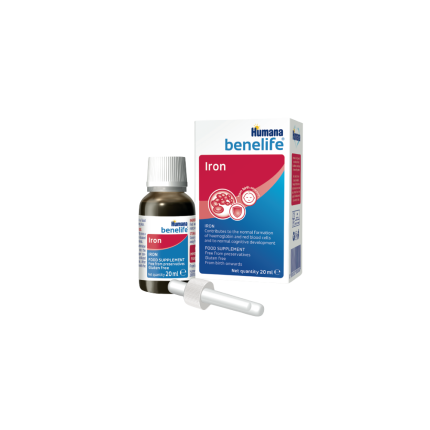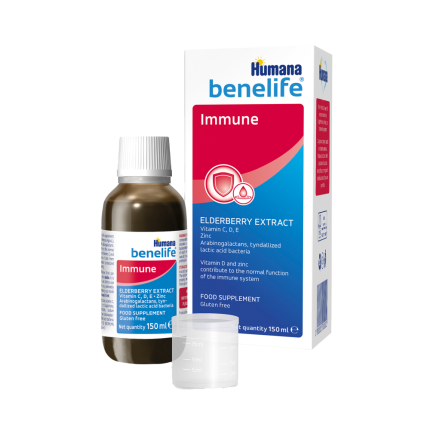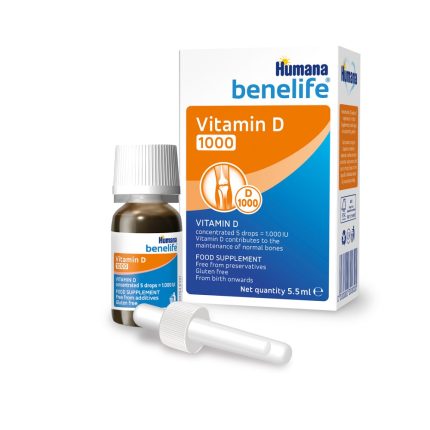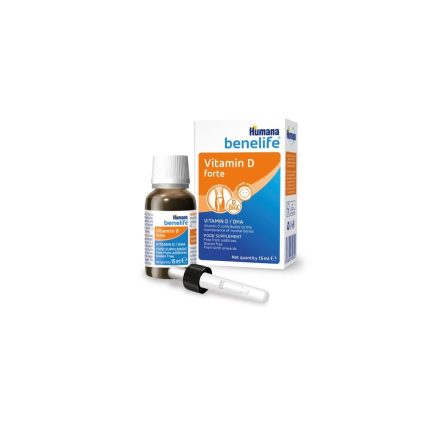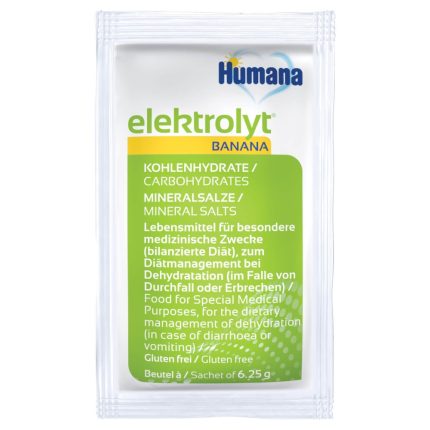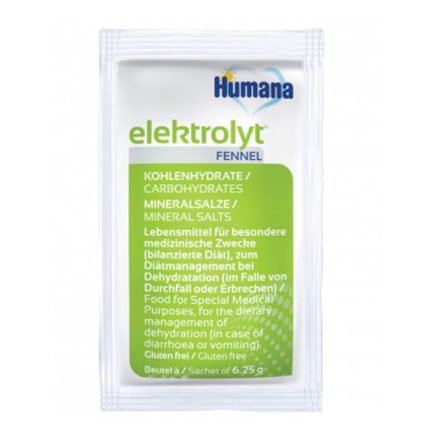Blog
Iron deficiency conditions among children
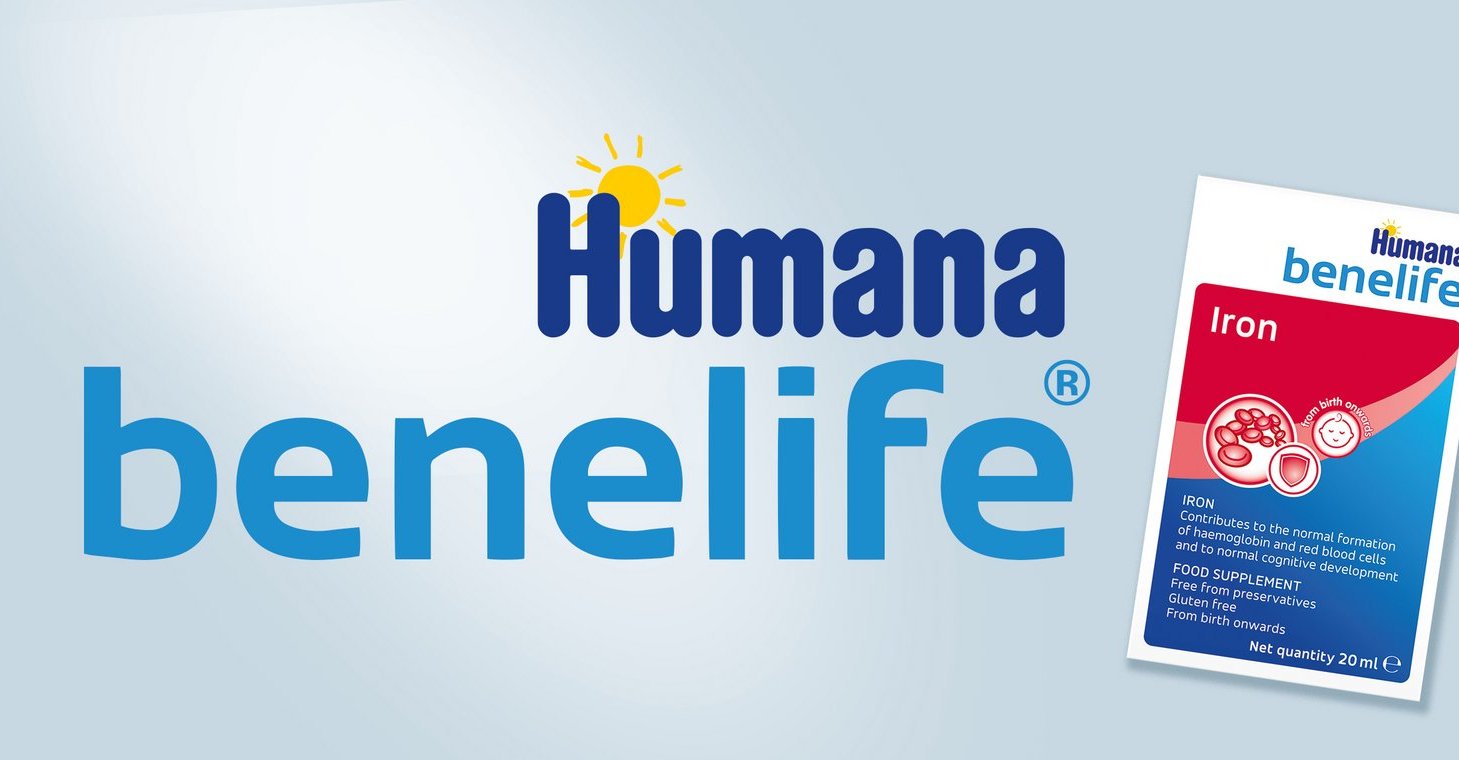
Iron deficiency is a common problem that leads to disturbances in the healthy physical, mental, and psycho-emotional development of the child.
Iron is a very important element that participates in the formation of the central nervous system, as well as physical, mental, and psychological development. It participates in the functioning of the circulatory, muscular, immune systems, thyroid gland, skin, etc. Iron is part of hemoglobin, which provides oxygen transport from the lungs to the tissues and carbon dioxide in the opposite direction.
About 50% of young children and 30% of schoolchildren have iron deficiency. Such figures are explained by the peculiarities of the physiological need of the child’s body for this element.
Unbalanced nutrition, use of unadapted mixtures, cow milk or goat milk for children on artificial feeding are risk factors and the main causes of iron deficiency. Premature babies and babies with hypotrophy are a special risk group.
The main causes of iron deficiency in children are:
- iron deficiency in the mother’s body during pregnancy;
- large blood loss during childbirth;
- use of low-quality formula or regular milk;
- late introduction of complementary foods of animal origin;
- congenital or acquired diseases of the gastrointestinal tract or liver;
- food allergies;
- vegetarian diet;
- complications of acute respiratory viral infections;
- treatment with antibiotics or sulfa drugs.
- Symptoms of iron deficiency in a child:
- dry skin;
- brittle nails;
- hair loss;
- pale skin and mucous membranes;
- loss of appetite;
- lethargy, drowsiness, increased fatigue;
- dizziness;
- tinnitus;
- gastrointestinal disorders (constipation or diarrhea);
- insufficient weight gain;
- glossitis (inflammation of the tongue);
- gingivitis (inflammation and bleeding of the gums);
- stomatitis (inflammation of the mucous membranes of the oral cavity);
- dysphagia (the child has difficulty swallowing);
- distorted perception of tastes and smells;
- enuresis (involuntary urination);
- muscle pain and others.
In products for regulating iron levels in children, it is mainly in the form of iron sulfate or lactate. Their absorption is 13% and 9%, respectively, which indicates low bioavailability of the mineral. Individual reactions of the body to these compounds are also possible: irritation of the intestinal mucosa, nausea, diarrhea, or constipation.
Humana Benelife Iron contains an innovative, new generation composition in the form of iron bisglycinate. The structure of this type is identical to the structure of organic iron, and the absorption is 40%. In addition to the excellent absorption rate, this compound does not cause gastrointestinal disorders.
Advantages of iron bisglycinate:
- excellent bioavailability (absorbed 4 times better than other compounds);
- good tolerability;
- to obtain the daily iron requirement, you need a smaller amount of supplement;
A careless attitude to your child’s nutrition can interfere with their harmonious growth and development. Using Humana formulas and vitamins, you can be sure that your child receives the daily requirement for iron and other useful nutrients. After all, their composition is perfectly balanced and adapted to each age and special needs of children.
IMPORTANT: For therapeutic doses, consult your doctor or our pediatrician: 099 440 110.


